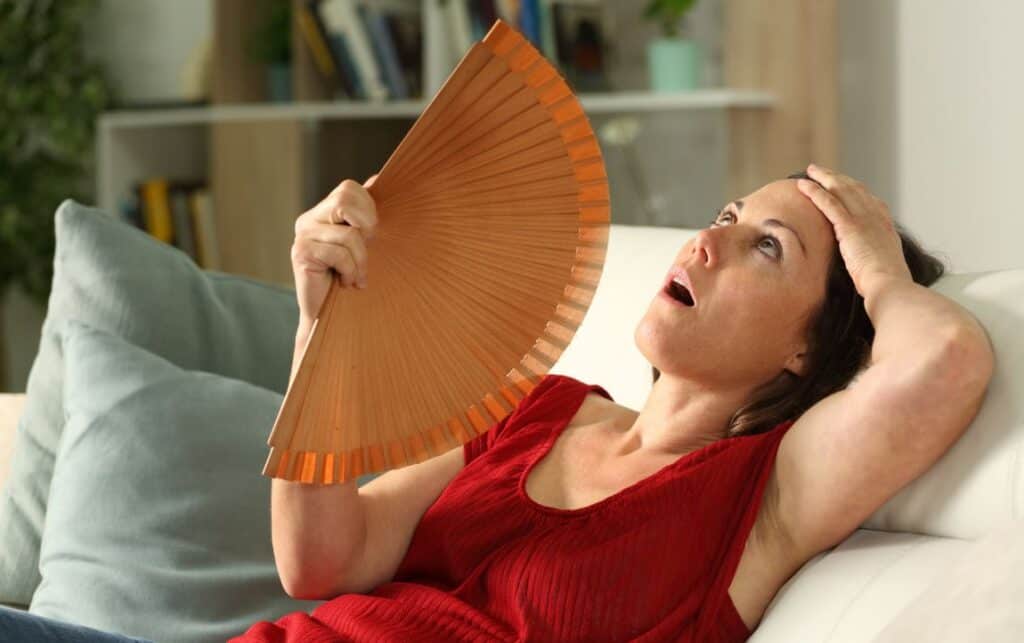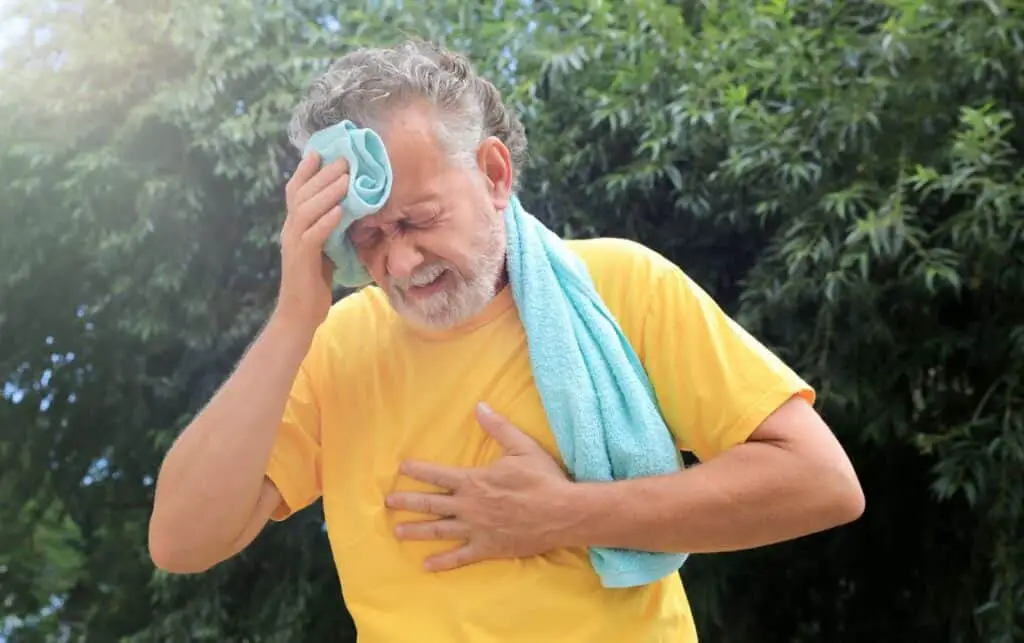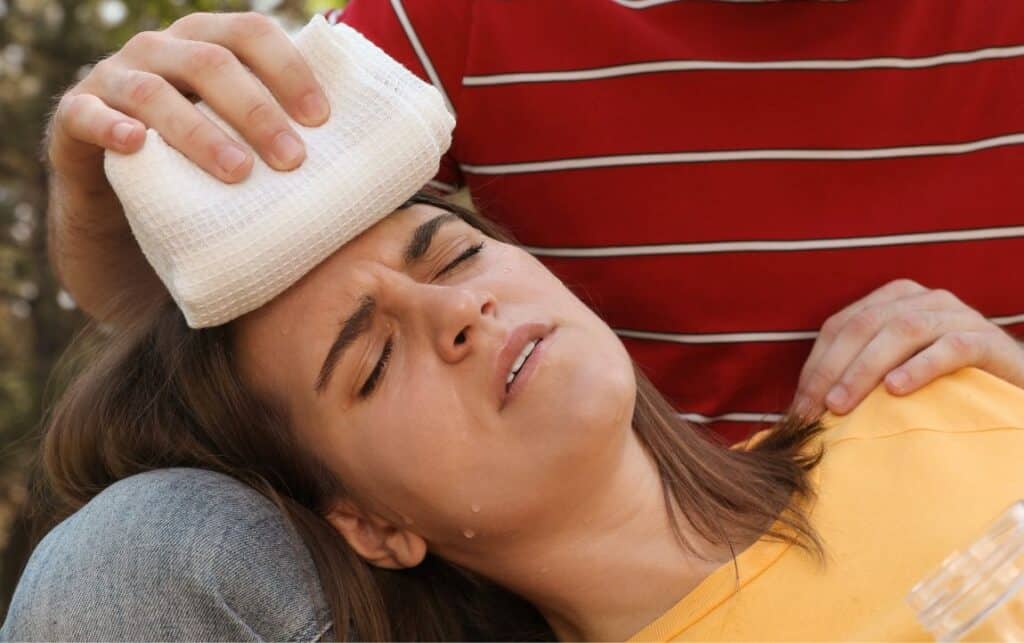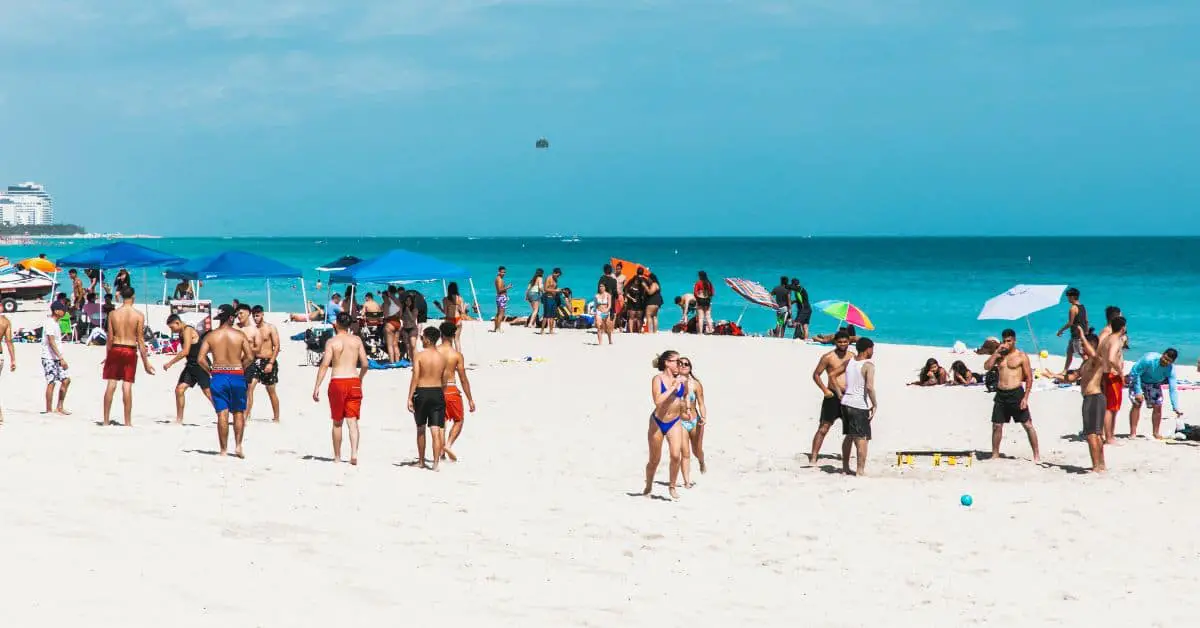Heat Stroke Or Heat Exhaustion? Here’s How To Tell The Difference
With the arrival of summer comes an increase in sweltering temperatures that can sometimes reach dangerous levels.
In some parts of the world, heat warnings and special weather statements have already been issued, as early as June. Heat-related illnesses such as heat exhaustion and heat stroke can result from prolonged exposure to high temperatures, and medical professionals caution people to be aware of the risks and understand how to spot the difference between these two conditions.
Heat exhaustion occurs when someone has been exposed to high temperatures for too long, causing their body to overheat and become dehydrated.
Symptoms can include dizziness, nausea, lightheadedness, headache, pale skin, and sweating.
Heat stroke is more serious than heat exhaustion and is caused by the body’s cooling system failing to regulate its own temperature.
Symptoms of a heat stroke include confusion, hot and dry skin, fast or shallow breathing, rapid heartbeat, and loss of consciousness.
If you suspect that you or someone else may be experiencing a heat-related illness, it is important to take steps to cool down and get medical attention as soon as possible.
I think people have to realize that heat is a silent killer
Glen Kenny, a professor at the University of Ottawa and director of the Human and Environmental Physiology Research Unit, in an interview with WiseLivn Media last year.
Drink plenty of fluids, find a cool environment like an air-conditioned space, and wear lightweight clothing to help keep your body temperature regulated.
To help prevent heat exhaustion or heat stroke, be sure to take frequent breaks while outdoors in hot weather and stay hydrated by drinking plenty of water even when not feeling thirsty.
Finally, never leave children and pets in enclosed vehicles for any period of time in hot weather as this can be deadly!
Stay safe out there, folks! Enjoy the sun — but don’t forget to stay cool too!

Heat Stroke Vs. Heat Exhaustion: What’s The Difference?
Heat exhaustion and heat stroke are two of the most severe heat-related illnesses that can be potentially life-threatening.
Heat exhaustion occurs when the body becomes overheated due to physical activity or high temperatures, and symptoms include headache, nausea, dizziness, thirst, heavy sweating and elevated body temperature.
Heat stroke is the most serious form of heat-related illness and occurs when the body can no longer regulate its temperature, resulting in a core body temperature of over 104 degrees Fahrenheit.
The longer a person’s body temperature is above 104 degrees Fahrenheit, the greater the risk of permanent disability or death.
Symptoms of heat stroke include confusion, slurred speech, loss of consciousness, profuse sweating and seizures.
It’s important to take the necessary precautions when experiencing extreme heat conditions, including drinking plenty of fluids, taking breaks in cool places, and avoiding outdoor activities during the hottest part of the day.
Stay safe and beat the heat!

Who Is At Risk Of Heat Stroke And Heat Exhaustion?
Elderly people are especially vulnerable to heat-related illnesses due to their age-related decreased ability to regulate body heat.
For every decade of life, there is a four to five percent decrease in the body’s capacity to dissipate heat, which can place elderly individuals at a much higher risk than younger counterparts when exposed to hot temperatures.
It’s important to check in on elderly family and friends during hot summer days, especially those who are living alone.
Kenny advises that it’s not enough to just drop by – it’s also important to ask them simple questions to ensure they’re doing ok.
Signs of heat stress can include irritability and reclusiveness. People with diabetes, as well as young children, outdoor workers, and those exercising in the heat, are also at a higher risk of heat exhaustion and stroke.
It’s easy to overlook elderly family and friends during hot summer days – but it’s important to take extra care of those who may be more vulnerable.
Take the time to check in on them and stay aware of potential signs of heat-related illness.
After all, a little extra consideration can go a long way in keeping those around you safe.

How To Help Someone Suffering From Heat Stroke
If someone is suffering from heat stroke, the most important action to take is to call 911 right away.
Additionally, it is essential to move the person out of direct sunlight and remove any tight clothing.
To help them cool down, the Canadian Red Cross recommends fanning their skin or immersing them in a cool bath or pool.
Ways To Stay Safe In The Heat
When exposed to extreme heat, it is important to take proper precautions in order to prevent heat-related illnesses.
To stay safe and healthy, wear lightweight, airy clothing that allows your body to breathe and keep cool.
Furthermore, reduce outdoor exercises and instead seek out air-conditioned places or basements.
Additionally, make sure you are covered with sunscreen and stay hydrated in order to replenish lost fluids.
Lastly, never leave people or pets inside of a parked car as temperatures can quickly become unbearable.
Keeping these simple steps in mind when dealing with extreme heat can make all the difference when it comes to your health and well-being!
Remember that no one is exempt from heat-related illness, regardless of fitness level or mental state.
When traveling to hot climates, be aware of the increased risk of fatigue and jet lag.
Stress can also make it harder for your body to cope with extreme heat, so make sure you listen to your body and take breaks when necessary.
With these tips in mind, you’ll be able to enjoy the sunshine safely and get the most out of your summer!

